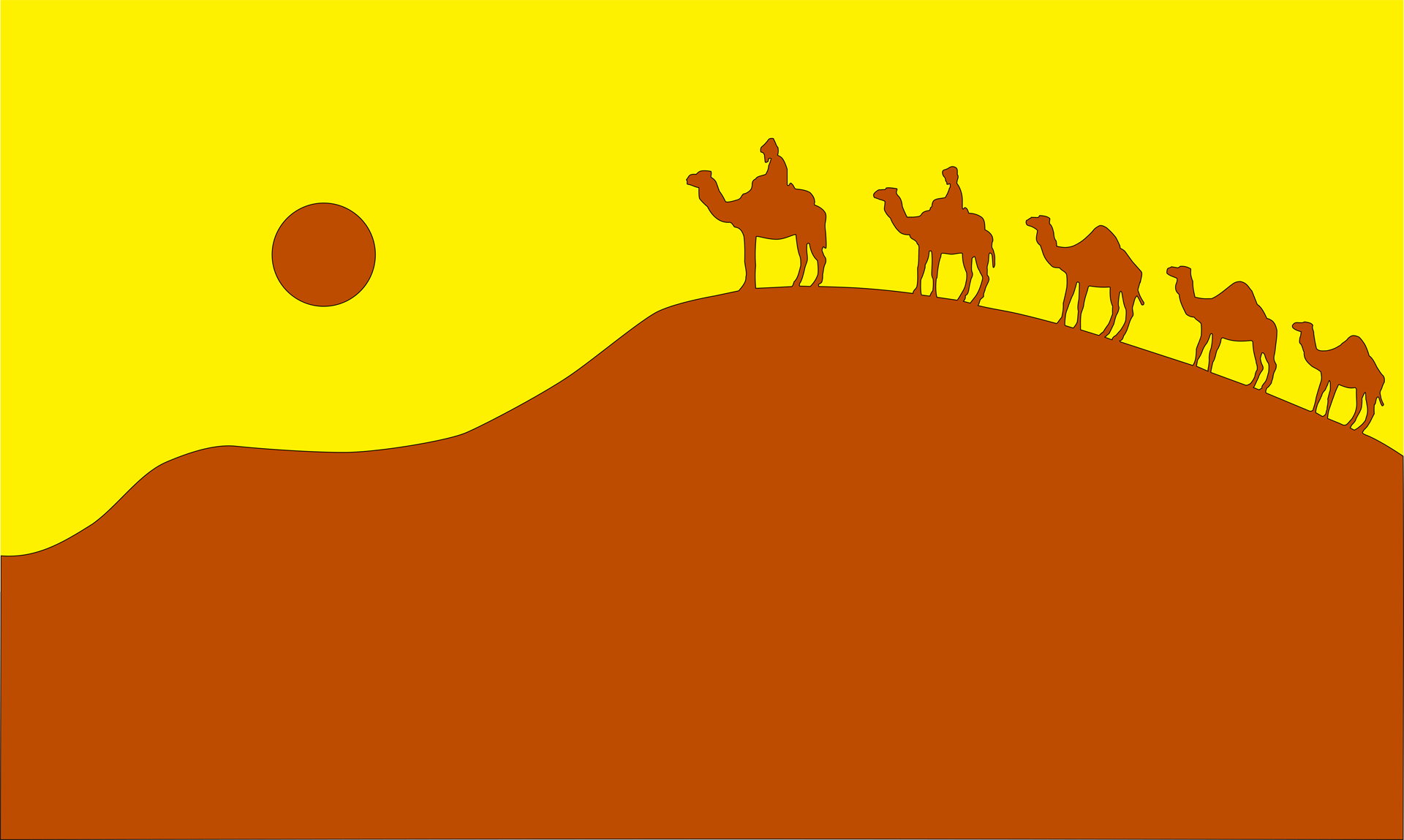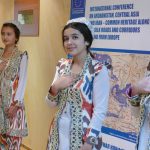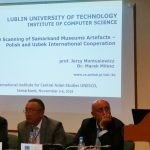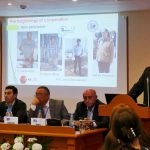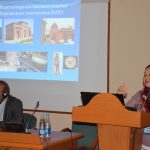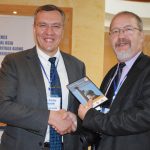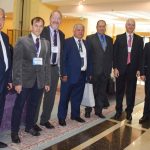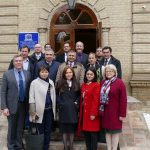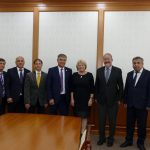The International Institute for Central Asia Studies (IICAS), operating under the auspices of UNESCO, organised on 5-6 November 2018 in Samarkand (Uzbekistan) an international conference “Afghanistan, Central Asia and Iran – Common Heritage Along the Silk Roads and Corridors to and from Europe “. Among the invited guests were the Dean of the Faculty of Electrical Engineering and Computer Science – prof. dr hab. inż. Henryka D. Stryczewska and employees of the Institute of Computer Science – dr hab. inż. Jerzy Montusiewicz, prof. PL and dr inż. Marek Miłosz.
The main group of conference participants were the directors of UNESCO offices in the Central Asian countries: Kazakhstan, Uzbekistan, Kyrgyzstan, Tajikistan, Turkestan and Iran, directors of various research institutes dealing with cultural heritage from Uzbekistan, Azerbaijan, France, Kyrgyzstan, Kazakhstan, Iran, Pakistan, Turkey and directors of national museums from Kyrgyzstan, Kazakhstan, Uzbekistan, Afghanistan, Iran and Poland (Asia and Pacific Museum in Warsaw). It would seem that in this respectable company a delegation from the Lublin University of Technology, a technical university, is somewhat out of place. It turns out, however, that the invitation of the director of IICAS, dr Dmitriy Voyakin, was not a mistake. Our Alma Mater has a signed IICAS cooperation agreement, and we met the director personally at the turn of May and June 2018 during the second research expedition of the Institute of Computer Science to Central Asia.
The conference was devoted to the issues of protection and access to the cultural heritage of the Silk Road, or ancient cities, caravanseraglios – specific motels for caravans, wells and irrigation systems, defense systems against “desert pirates”, etc. The Silk Road is a caravan road about 12800 km from China to Europe.
During the conference, participants presented the results of selected studies on the intersection on the Silk Road of the coexisting cultures in the areas of architecture, ornamentation and music. During numerous discussions, it was proposed to organise a movable exhibition of objects stored in museums of different countries.
At the conference we presented a paper “3D Scanning of Samarkand Museum Artefacts – Polish and Uzbek International Cooperation”. We have been active in Central Asia (Uzbekistan and Kazakhstan) since 2017 in the field of scanning small museum objects as well as temples and mausoleums (both the bodies and interiors of buildings). So far, during two expeditions, we acquired about 200 GB of data, of which several dozen digital 3D models have been built. During our speech, we presented the reverse engineering technologies (equipment, programs, postprocessing) that allow the construction of digital 3D models, and exemplary museum objects that can be zoomed in and out of and rotated in space when viewed on a monitor. In addition, the generated panoramas of omnidirectional interiors of objects, when installed on smartphones placed in special glasses, allow to immerse a person in virtual reality. The demonstration was a great surprise for the conference participants and it was clear that the digital 3D world is as yet unfamiliar in the field of museology. For our part, we proposed to consider the creation of an interactive three-dimensional digital exhibition presenting the cultural heritage of the Silk Road route under the name of Digital Silk Road. Such a solution would be much more mobile and accessible to people interested in the subject (including people with disabilities) and would become a kind of patronage encouraging personal visits to selected objects and a movable exhibition created under the auspices of UNESCO.
Jerzy Montusiewicz, Marek Miłosz
